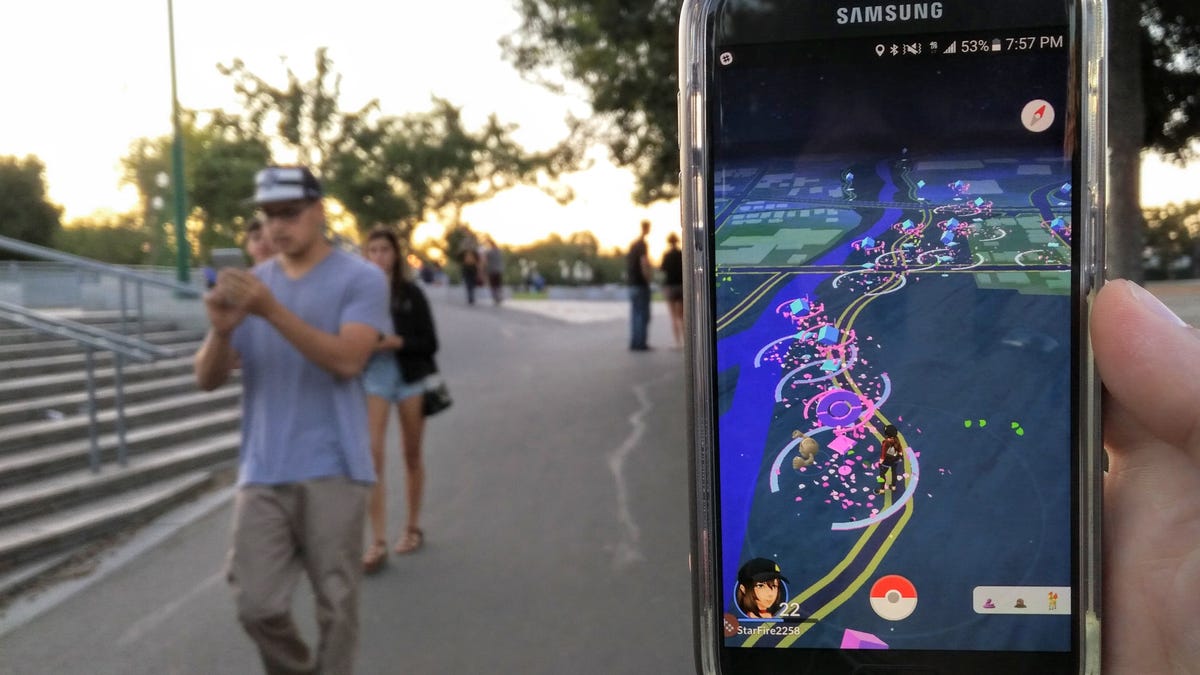Why it now takes forever to catch a damn Pidgey in Pokemon Go (update)
The latest reason why people are angry at Pokemon Go: the game's creators appear to have made it far harder to catch 'em all.

Having trouble catching 'em all since Pokemon Go's controversial new update? You're not alone. Players are furious -- again -- because it now seems to be harder to catch wild Pokemon than ever.
Update, August 4 at 3:41 p.m. PT: According to Niantic, the change was not intentional. It's a bug, not a feature, and it *is* working on a fix despite its earlier communication. See this tweet:
Original story follows:
Over the weekend, Pokemon Go developer Niantic learned the hard way that staying silent about major gameplay changes is very much not OK. The game's rating on the
App Store plummeted to just 1.5 stars (out of 5) in the US and UK due to thousands of angry reviews, after Niantic removed some popular ways to track Pokemon in the wild.But today, the word is seemingly out that Niantic made another massive change without telling its fans: it's now harder to catch Pokemon even after you've managed to find them.
Anecdotally, our many Pokemon Go players here at CNET (like me) are pretty sure the reports are true.
We're seeing Pokemon pop out of their Pokeballs more often, run away far more often, and it also appears to be harder to hit some Pokemon (yes, even Pidgey) with our thrown Pokeballs, too.
And, as Kotaku's Patricia Hernandez reports, the game now seems to spawn Pokemon less frequently when you're in a moving vehicle, seemingly because the game doesn't check for nearby Pokemon as often. Personally, I was hardly able to play the game at all on my morning train commute.
On the plus side, perhaps that means Pokemon Go will appeal less to drivers who should be paying attention to the %#*(!# road.
While an awful lot of players on Twitter and Reddit's Pokemon Go community are saying the same things, we can't actually confirm Niantic intentionally made these changes or when they took effect. We've given Niantic several hours to comment, but it has yet to confirm or deny.
(If true and intentional, the change would be a bit self-serving: Niantic makes its money when you buy Pokeballs with in-game currency, which you purchase with real money. If you have to throw more Pokeballs per Pokemon you catch, that's more cash in the company's coffers.)
Niantic isn't staying completely silent, by the way. The company just issued an update to its social media channels confirming that Pokemon Go is now live in Latin America (including Brazil, Mexico, Argentina, and reportedly Central and South America as well), and that Pokemon Go's battery saving mode will be back in a future update.
Pokemon Go's developers say that, for now, they're focused on rolling the game out to more countries before they add any more features or fix more bugs.
If you're a fan of the recent changes, that's good news. If not, don't expect Niantic to revert them anytime soon.

